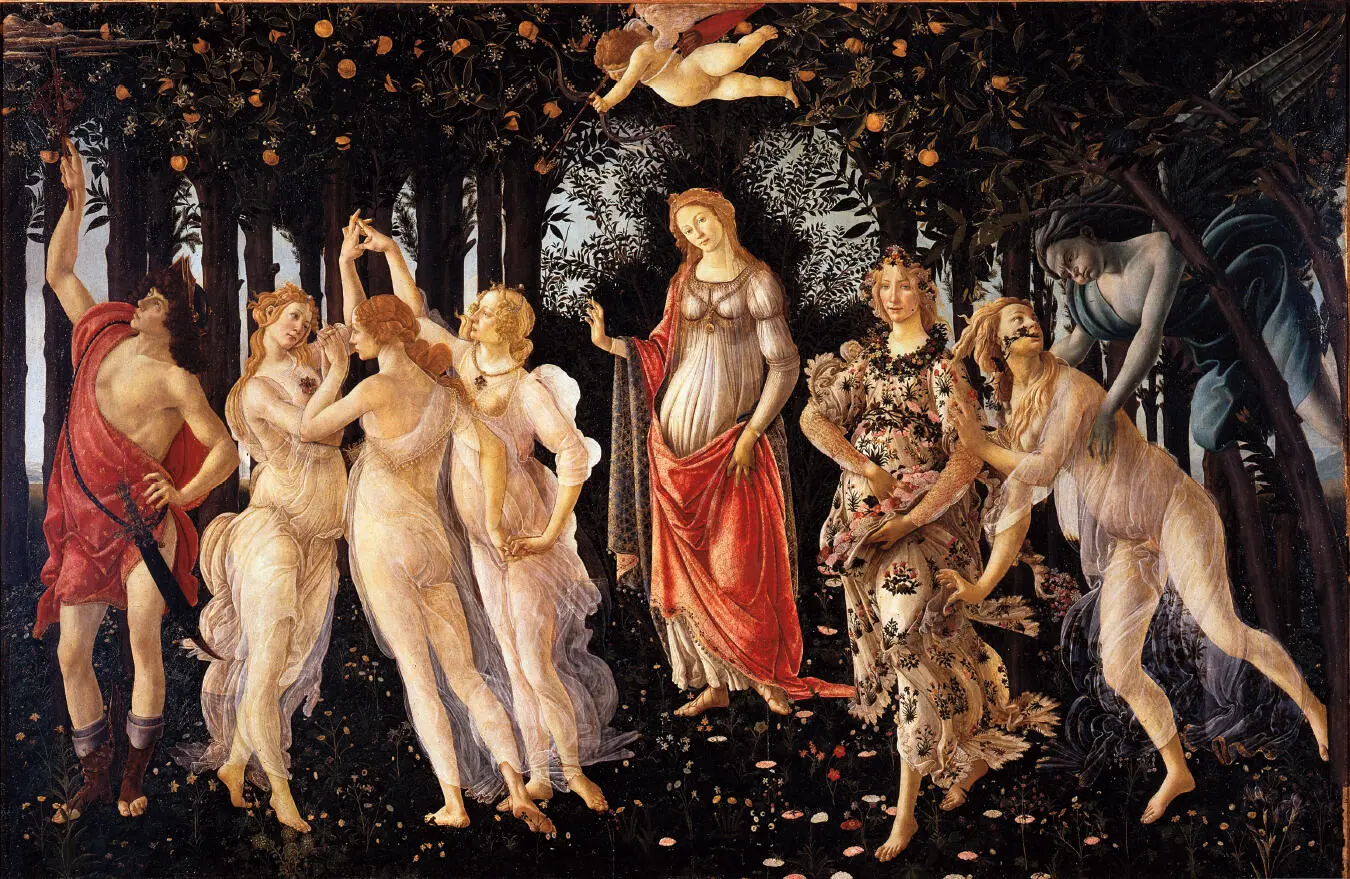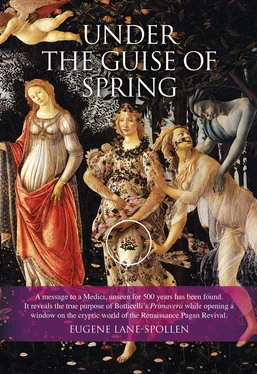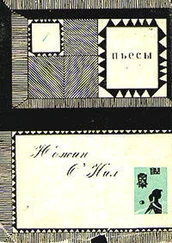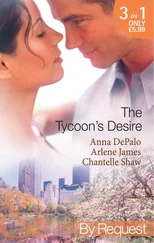Eugene - Lane Spollen - Under the Guise of Spring
Здесь есть возможность читать онлайн «Eugene - Lane Spollen - Under the Guise of Spring» — ознакомительный отрывок электронной книги совершенно бесплатно, а после прочтения отрывка купить полную версию. В некоторых случаях можно слушать аудио, скачать через торрент в формате fb2 и присутствует краткое содержание. Жанр: unrecognised, на английском языке. Описание произведения, (предисловие) а так же отзывы посетителей доступны на портале библиотеки ЛибКат.
- Название:Under the Guise of Spring
- Автор:
- Жанр:
- Год:неизвестен
- ISBN:нет данных
- Рейтинг книги:5 / 5. Голосов: 1
-
Избранное:Добавить в избранное
- Отзывы:
-
Ваша оценка:
- 100
- 1
- 2
- 3
- 4
- 5
Under the Guise of Spring: краткое содержание, описание и аннотация
Предлагаем к чтению аннотацию, описание, краткое содержание или предисловие (зависит от того, что написал сам автор книги «Under the Guise of Spring»). Если вы не нашли необходимую информацию о книге — напишите в комментариях, мы постараемся отыскать её.
Under the Guise of Spring — читать онлайн ознакомительный отрывок
Ниже представлен текст книги, разбитый по страницам. Система сохранения места последней прочитанной страницы, позволяет с удобством читать онлайн бесплатно книгу «Under the Guise of Spring», без необходимости каждый раз заново искать на чём Вы остановились. Поставьте закладку, и сможете в любой момент перейти на страницу, на которой закончили чтение.
Интервал:
Закладка:
Detail of attack by a devil from an illustration by Botticelli for Dante’s Divine Comedy, XVIII Inferno. © Scala Florence
La Primavera detail of Chloris. © Scala Florence
La Primavera detail of flower pattern on Flora’s thigh.
Replica of the compositional structure of La Primavera after Umberto Baldini, 1986.
La Primavera detail of flower pattern.
Hand gestures in Madonna del Libro and La Primavera. 166
La Primavera detail of Venus.
La Primavera detail of flower pattern.
La Primavera detail of Zephyr.
La Primavera detail of Chloris
La Primavera detail of Flora. © Scala Florence
La Primavera detail of the Three Graces.
La Primavera detail of Mercury.
La Primavera detail of Venus.

Acknowledgements
THE EXTRAORDINARY DISCOVERY provided for the first time a clear direction as it defined the elusive ‘genre’, the foundation on which the full meaning of Botticeli’s creation rested. The pursuit of the full meaning and intent of the painting gradually began to evince a remarkable thematic consistency with what existed but remained unseen in La Primavera. Its chapters may be read independently of footnotes for those who seek the historical insights and the journey, and the same may be said of the appendices.
I am indebted to Maura Lane for her unstinting support throughout and in particular for reading and researching in parallel with me and bringing to bear a particular clarity of thought and perspective which I found invaluable.
I thank Dr Gabrielle Langdon for her sound advice as the scope of the inquiry was being established. I thank Dr Alison Brown for her time and for her generosity with her knowledge of the cadet branch of the Medici, and Valery Rees and Professor Francis Ames-Lewis, each of whom read an early draft. Thanks to Matthieu Ricard, and to Dr Paola Tinagli for her scrutiny of the second draft two years ago and for her heroic patience, and Dr Andrea Gáldy and Dr Ada Palmer for their critical examination and advice on the final draft. I thank Jean Maughan and Jill Baikoff for their sterling contributions to editing. I am endebted to each of these respected professionals for their encouragement and generous use of their valuable time.
I wish to thank The British Institute of Florence; Villa I Tatti, Florence, the Harvard Centre for Italian Renaissance Studies; the Bibliotheca Nazionale Centrale, Florence; The Warburg and Courtauld Institute, London; Archivium Secretum Apostolicum Vaticanum (Vatican Secret Archives); the Strozzi archives and the Florentine State Archives and their staffs for their helpfulness and the use of their resources.
I also acknowledge permission from Shepheard-Walwyn (Publishers) Ltd to reproduce extracts from various volumes of The Letters of Marsilio Ficino.
How the Discovery Came About
FLORENCE 2004
I WALKED BRISKLY not far from where Botticelli lived and worked and along the narrow streets retracing the footsteps of Verrocchio and Michelangelo, where the workshops of great artists had once teemed with aspiring apprentices. I passed the palazzi of the merchant aristocracy and turned towards the austere Medici palace near where the ‘old house’ of Cosimo de’Medici once stood, and then to the famous cathedral where Lorenzo the Magnificent’s brother was murdered during mass. A short distance away I looked up to the windows of the ancient seat of government from which a fully robed archbishop was hanged, and in front of which the Dominican friar Savonarola was burned at the stake. Just beyond the corner of the piazza, I entered the portico of the Uffizi.
I took the little elevator to the Leonardo and Botticelli rooms where people drifted from picture to picture. Nobody was standing in front of the famous Primavera. Fascinated by the idea that behind its beauty lay some unfathomable meaning, I settled down to absorb its mood. I remember thinking that the room’s own sombre atmosphere shared an ambiance with this strangely joyless spring. The figures were not only detached from each other, but also from the moment. The cadenced dancers, their awkward hand structure, the seemingly remote Mercury and the unusually chaste Venus – all were composed in a different key from the late medieval conception of spring.
I was examining the dark, tall trees with their vaulted spaces in between when a group of latecomers arrived. Though I was still intrigued, the moment had passed. I gathered myself and my questions together and made my way out under the portico to where statues of Lorenzo the Magnificent, Marsilio Ficino, a Medici tutor and Florence’s leading philosopher, and Leonardo da Vinci presided from their alcoves. For them, like the owner of the painting, there would have been no mystery.
My fascination with this famous enigmatic painting persisted through the Provence winter and much of the following summer. Finally I was drawn back, entertaining a hope that my interim reading and a fresh look would deepen my understanding. I took up a position on the same bench and, with the aid of a very small pair of binoculars I was in the habit of carrying, examined an area of the painting which had previously caused me to hesitate. After several minutes Botticelli’s extraordinary communication took form. Being in full view, it is there for all to see.
As it dawned on me that, by the nature of his message, the painter had revealed his subject – the elusive genre which removed the single biggest obstacle to a full understanding of the painting – I knew I was committed. Little did I realise the nature of the journey I was embarking upon or the riches I would encounter.
Before that second visit I had felt that my observations contained a hint of something as Botticelli’s disguised message took form. That afternoon I knew that they did, and also what that something was.
ELS
PART I
Overview
1
Introduction
LA PRIMAVERA, more than five hundred years old and one of the world’s most intriguing paintings, has remained an enigma despite one hundred and fifty years of research and interpretation. Painted for the powerful but embattled Medici, the de facto rulers of Quattrocento Florence, its diverse moods have fascinated and perplexed the millions of people who have stood before it over the years in the Botticelli Room of Florence’s Uffizi Gallery and wondered at its meaning.
Understanding La Primavera across a void spanning five centuries, to a culture dominated by a pervasive religiosity and with dramatically different priorities from today’s Western society, is a challenge. La Primavera must be understood in the context of the lives, times, customs and social currents surrounding the powerful Medici family in the tempestuous politics of late fifteenth-century Florence.
It was a period which we now call the Renaissance, or re-birth, when the re-discovery of Man’s worth and dignity, as portrayed in recently discovered classical manuscripts and works of art, ignited the imagination, causing an explosion in creativity unequalled before or since.
La Primavera was created in that extraordinary period when a newly energised and prosperous Florence, largely recovered from the Black Death, had become a cultural centre of the world, having absorbed influences from Northern Europe and the Eastern Mediterranean over many centuries, and its own pre-Christian history. It was an age that helped shape today’s individualism and self-reliance and one which was gradually prising loose the grip of an unquestioning religious conformity. Under the influence of classical antiquity it restored the dignity of the individual and honoured merit for its own sake. It glorified knowledge and self-assertion and its art evoked a deeply human spirit. The idealised ‘Renaissance man’ was like a god, without limits, powerful, self-confident, compassionate, just and utterly capable.
Читать дальшеИнтервал:
Закладка:
Похожие книги на «Under the Guise of Spring»
Представляем Вашему вниманию похожие книги на «Under the Guise of Spring» списком для выбора. Мы отобрали схожую по названию и смыслу литературу в надежде предоставить читателям больше вариантов отыскать новые, интересные, ещё непрочитанные произведения.
Обсуждение, отзывы о книге «Under the Guise of Spring» и просто собственные мнения читателей. Оставьте ваши комментарии, напишите, что Вы думаете о произведении, его смысле или главных героях. Укажите что конкретно понравилось, а что нет, и почему Вы так считаете.












